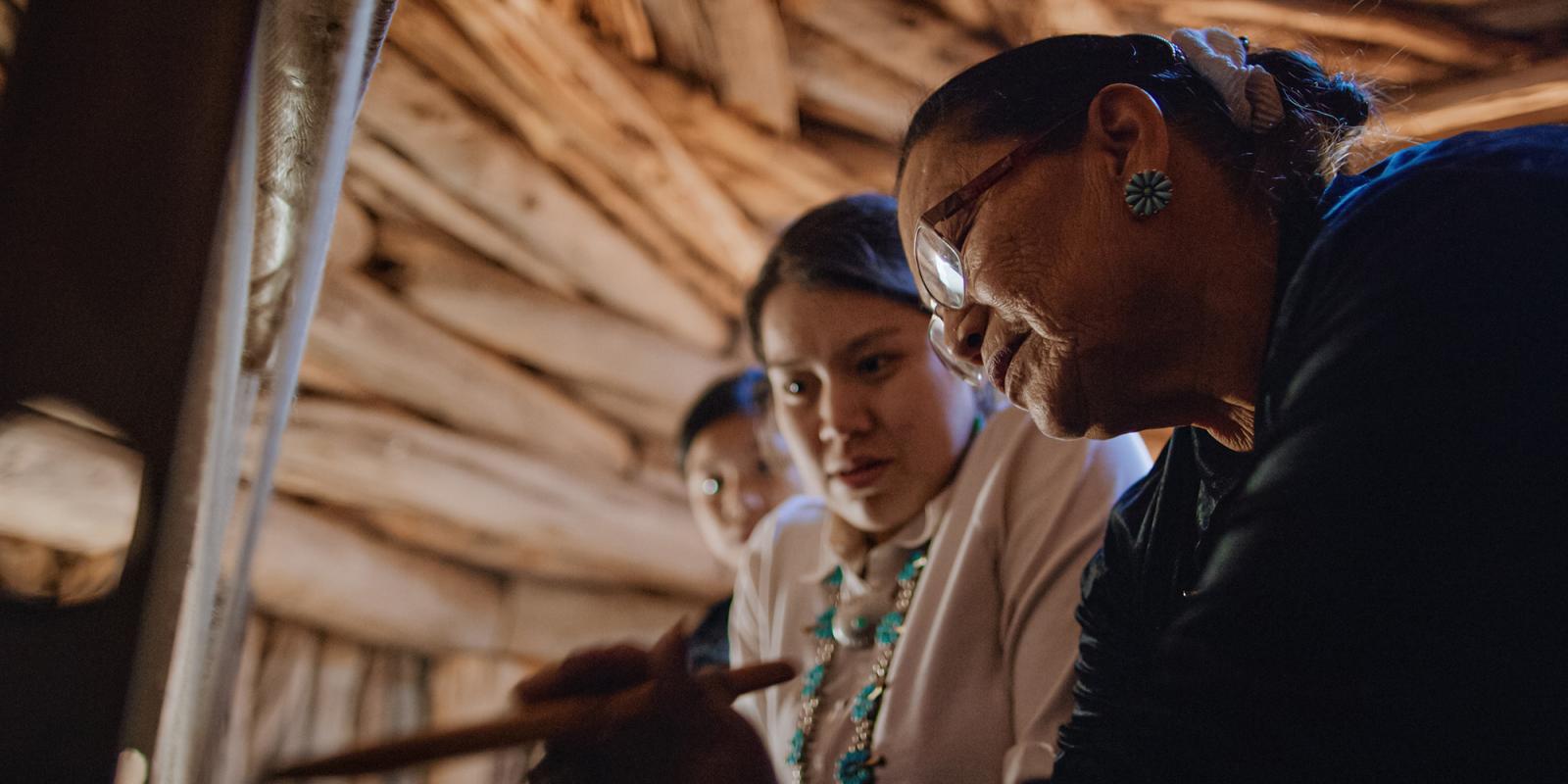As I sit and reflect on the paths that have been taken by the older generation of American Indians as they adapt to the new world in which we now live, I can only come up with one word that captures their lives: Resilience. In 1974 when I began my journey in the field of aging, I was mentored by two individuals to whom I am grateful and from whom I learned much: Dr. Theodore Koff and Marian Lupu. The former was my college professor and the latter the director of the Pima Council on Aging in Tucson, Ariz., where I interned and later worked as the Gerontological Planner for the area agency on aging.
What has changed among the Indian older adult population in the last 47 years is a topic that requires some thought.
Demographics
In 1980, there were 108,800 older American Indians in the United States. Today, that population is about 945,000 people ages 60 and older who identify as Native American or Alaskan Native, alone or in combination with another racial group. There are about 549,000 of those elders who identify as Native American or Alaskan Native with no other racial group. In the 1980s, there were 317 federally recognized tribes; in 2021, there are 573 federally recognized American Indian (AI) or Alaska Native (AK) tribes, and more than 100 state recognized tribes.
In 1980, 70 percent of the older population resided on Indian reservations and communities and 30 percent lived off-reservation in either border towns or in urban areas. In 2020, the percentages have reversed to 70 percent living in off-reservation communities or in urban areas.
Another change that has occurred between 1980 and 2020 is the increased interracial marriages among the older population. In 1980, this percentage was less than 20 percent. In 2020, 50 percent of Indians ages 50 and older identify their race as Indian alone. The next largest racial group in the ages 50 and older cohort (41.7 percent) report themselves as being Indian and white. Another characteristic that has changed is the increased level of educational attainment. From a program perspective, if the number of tribal elders increased it meant increased funding and programs. For example, in 1980, there were 29 tribal grantees under the Older Americans Act, Title VI program; in 2021, there are more than 223 Title VI grantees.
The Intransigence of Certain Characteristics
In 2021, about 26 percent of AI/AN live at the poverty level, as compared to 11 percent of non-Hispanic Whites. This population faces challenges of poor housing and inadequate sewage disposal, cultural barriers, geographic isolation, low income and inadequate access to healthcare. Leading causes of death and chronic conditions include obesity, heart disease, cancer, unintentional injuries (accidents), diabetes and stroke. Many of these conditions are directly impacted by food, exercise and behavioral health habits. These socioeconomic conditions have improved from 1980, but the problems persist 40 years later.
As levels of educational attainment continue to increase in the next two decades, it is likely that socioeconomic conditions will improve.
In comparison to other racial groupings, the American Indian population, in general, are consistently at the bottom of any measurement scale. This became glaringly apparent during the pandemic as these issues contributed to the more than 6,600 deaths from the virus in the Navajo Nation. According to the Navajo Nation and newspaper accounts, about 70 percent of the deaths on that reservation were in those ages 60 and older. If one assumes that this data is consistent across Indian country at 70 percent, then the number of Indian elders lost during the pandemic is an estimated 4,609.
Indian Elders Now and Into the Future
Considering the increasing population, combined with the seemingly recalcitrant socioeconomic status of the Native American population, these conditions will continue to be endured by the older Indian population for the next two decades. Research indicates the educational attainment is a key predictor of an individual’s well-being. As the levels of educational attainment continue to increase in the next two decades, it is likely that their socioeconomic conditions will improve as well.
As the population movement to off reservation and urban areas continues to increase, the likelihood that the culture, language and traditions of tribal communities will diminish is alarming. Efforts will need to increase to ensure that these cultural values continue in off-reservation and urban areas, resulting in a “blending” of tribal customs and traditions from the different tribes in these areas.
One outcome of the pandemic in Indian country has been a resurgence in the tribes’ realization that past cultural practices still have value and that the language is a precious commodity. Tribal governments and tribal programs took steps to revitalize both of these. Examples of these steps include the reintroduction of farming and gardening as a way to reinforce food sovereignty concepts back into the community; and tribal governments taking steps to protect elderly language speakers during this time of stress.
These actions portend the importance of these values to tribal leaders and we are hopeful that these remain high on the priority list.
Larry Curley, a member of the Navajo Nation, is executive director of NICOA, the National Indian Council on Aging in Albuquerque, NM.













